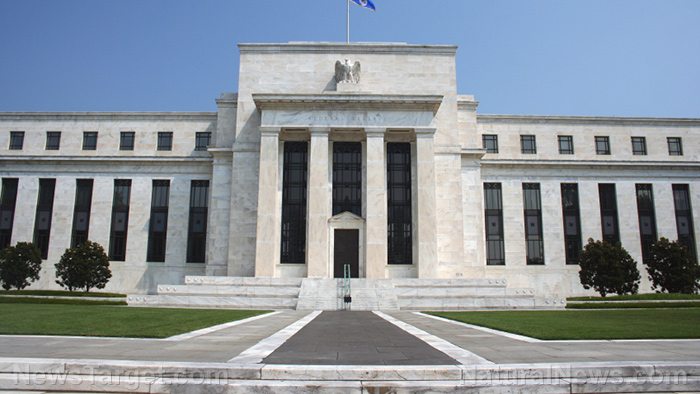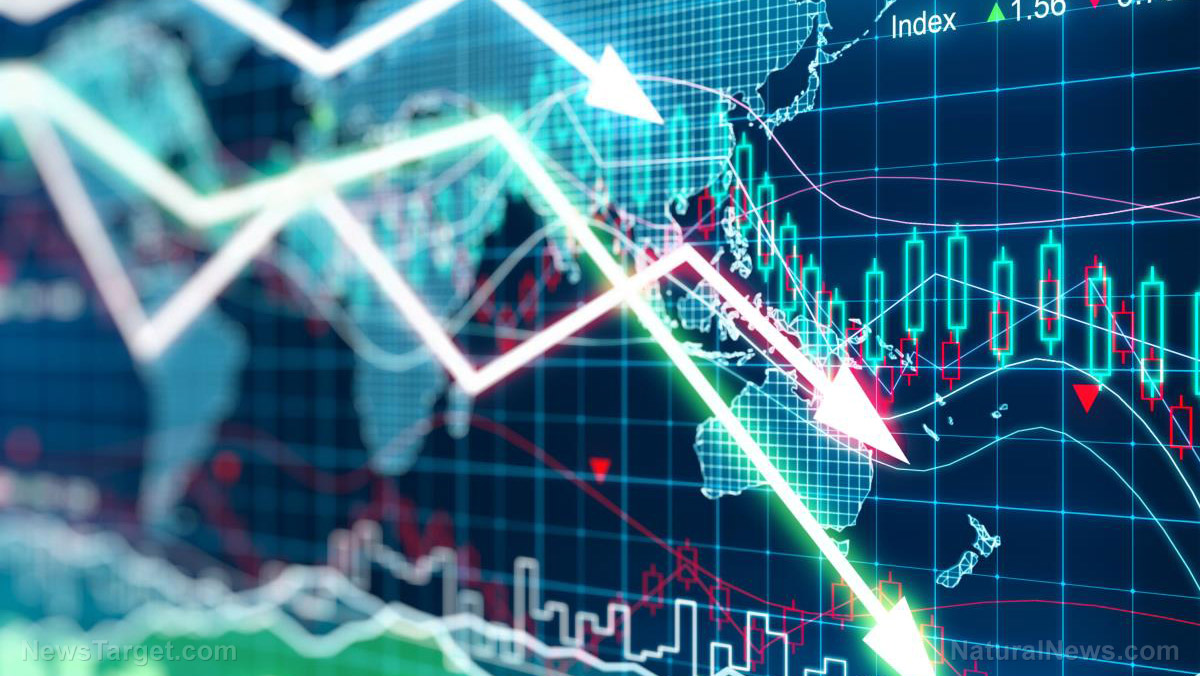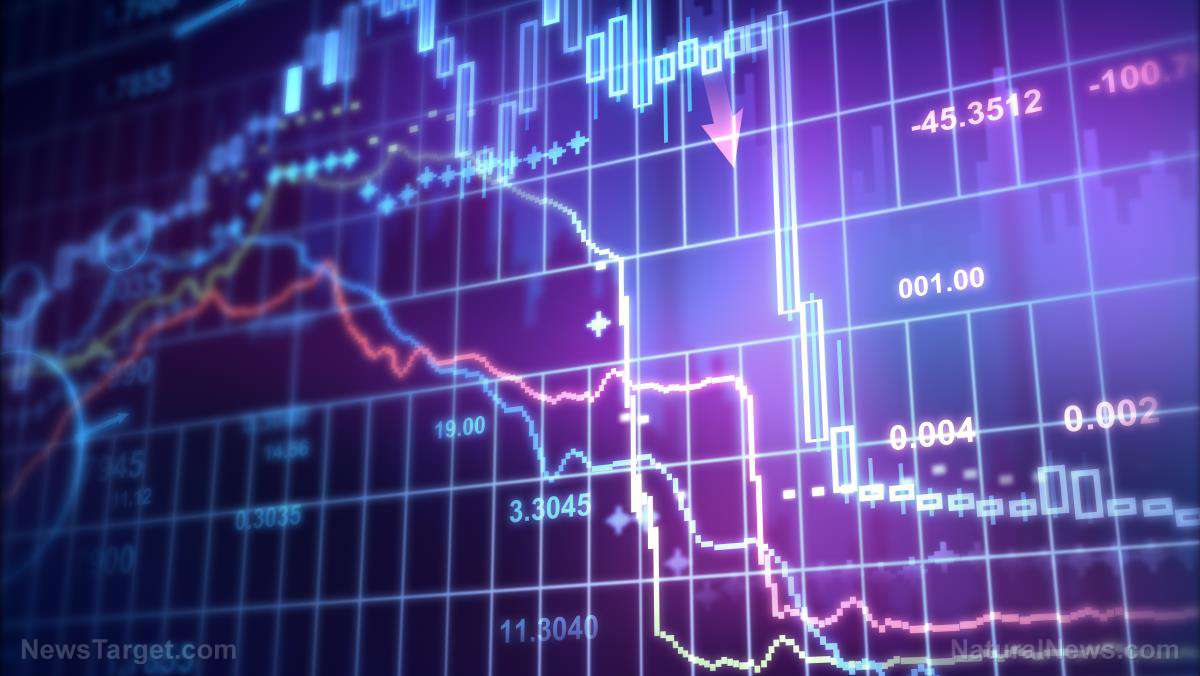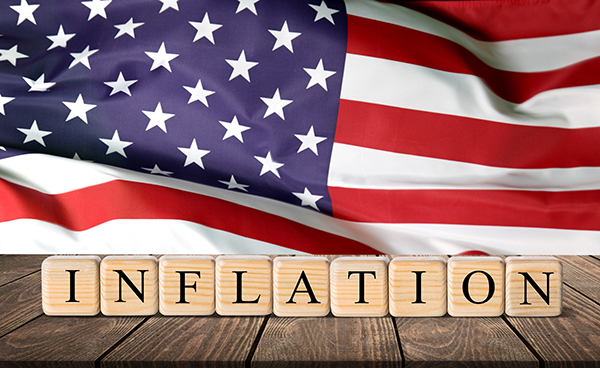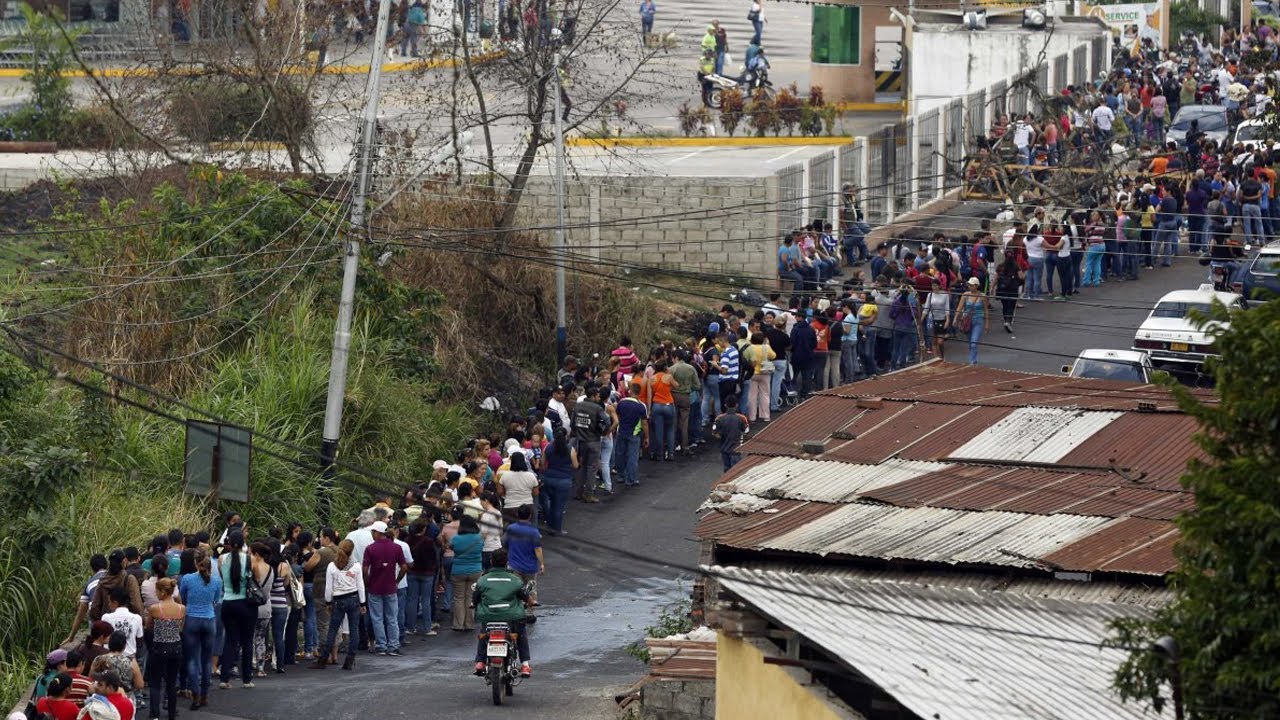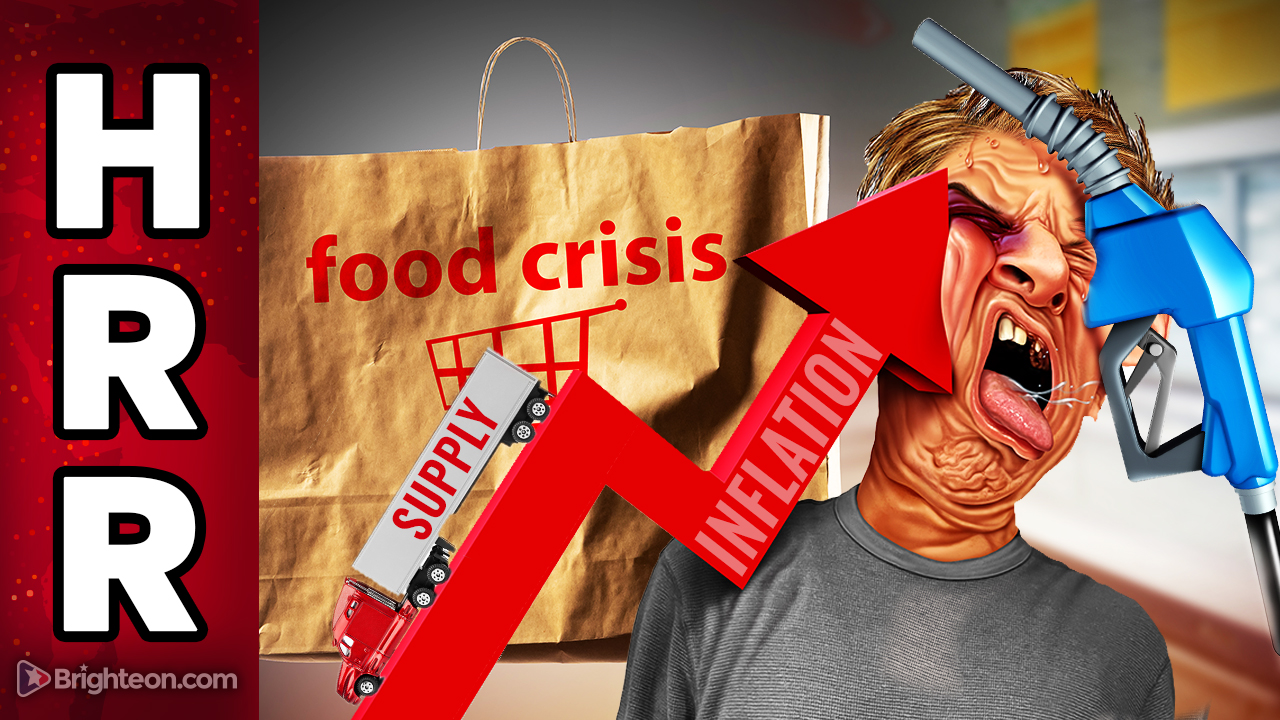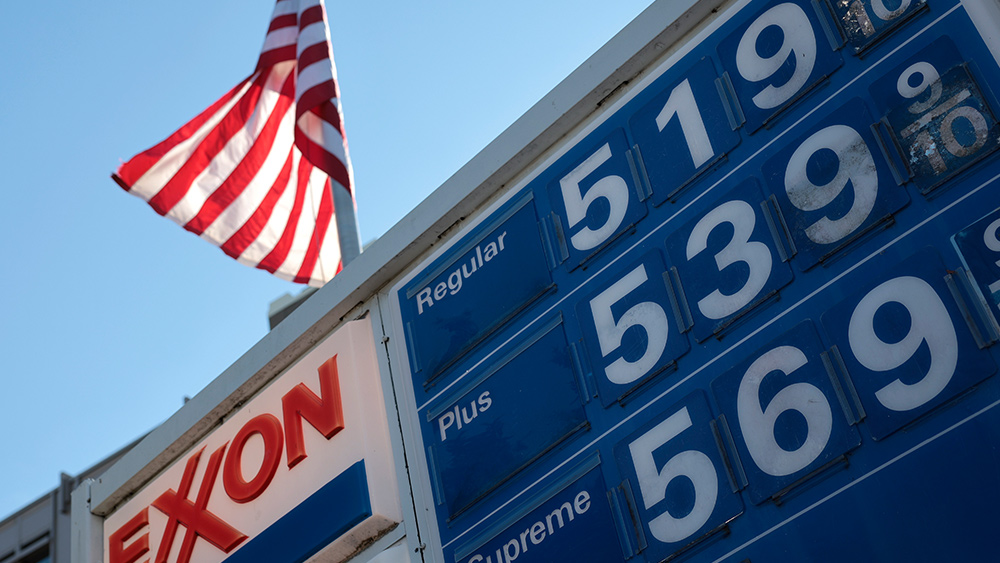US household wealth drops for first time since Q1 2020
06/14/2022 / By Arsenio Toledo
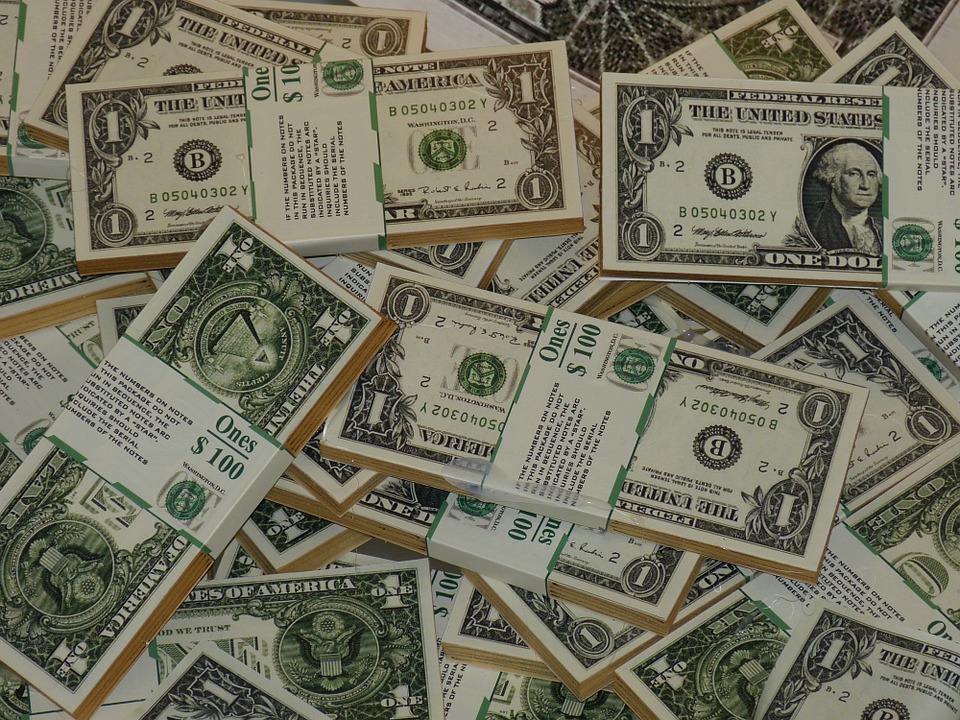
American household wealth has declined for the first time in two years during the first quarter of 2022.
This is according to a report from the Federal Reserve released on June 9. The report shows that household net worth declined by about half a trillion to $149.3 trillion during the first quarter, down from a record-high of $149.8 trillion during the last quarter of 2021. The Fed defines net worth as a household’s total assets minus liabilities and debt.
This is the first time the household wealth has declined since the first quarter of 2020, when markets around the world crashed as the Wuhan coronavirus (COVID-19) spread and governments reacted by completely shuttering economic activities.
The Fed blamed the decline in household wealth on the “sizeable” decline in the value of the stock market. The market lost around $3 trillion in value during the first quarter. The S&P 500 fell by five percent during the first quarter and is currently down 16 percent this year so far. The Nasdaq 100 fell by nine percent in the first quarter and is down a whopping 26 percent year-to-date.
This gigantic loss in value was only partially offset by an increase in the value of American real estate, which rose by an estimated $1.6 trillion. (Related: Nearly two-thirds of Americans are now living paycheck to paycheck amid inflation.)
Household balance sheets remain healthy despite overall decrease in wealth
The Fed’s report also noted that household balance sheets overall remained healthy throughout the first quarter of the year. Household wealth is still around $32.5 trillion above pre-pandemic levels and looks likely to remain strong, supported by consistently high consumer spending despite the unrelentingly high inflation.
The Fed’s report noted that the bank accounts of households rose in value, thanks to high rates of personal savings. This is likely due to many American families preparing for a potential recession.
According to the Fed’s data, checkable deposits and currency in bank accounts rose by about $210 billion to $4.47 trillion. Time and savings deposits also rose by about $90 billion to $11.28 trillion.
Household debt still on the rise
Despite the relatively good health of household balance sheets, household debt still grew by about 8.3 percent in the first quarter to $18.3 trillion. Home mortgages also increased by 8.6 percent, pushed up by the increase in real estate values. Non-mortgage consumer credit also increased by 8.7 percent, supported by rapid growth in credit card borrowing and automobile loans.
“The ratio of household net worth to disposable income was about equal to the record high of 8.2 posted last quarter and remains well above the level seen just before the pandemic in 2019,” wrote the Fed.
These dismal figures come as the cost of living continues to surge across the country, helped along by unrelenting inflation, with April’s year-over-year inflation rate coming in at 8.3 percent, falling slightly from the 40-year high of 8.5 percent in March.
The situation is likely to get worse in the coming months as the Fed raises interest rates again, and it is unclear whether the strong savings of American households will be enough to save them from the worst effects of the coming economic collapse.
Learn more about how the economic crisis is affecting everyday Americans at MarketCrash.news.
Watch this episode of the “Health Ranger Report as Mike Adams, the Health Ranger, talked about how the effects of unyielding inflation are reverberating in the American economy.
This video is from the Health Ranger Report channel on Brighteon.com.
More related stories:
Nonpartisan Congressional Budget Office predicts SKY-HIGH food inflation to persist until 2023.
The biggest economic crash America will ever experience is coming, warn multiple financial experts.
Worker productivity under Biden experienced a 7.5% drop, its biggest decline since 1947.
Sources include:
Submit a correction >>
Tagged Under:
Bubble, Collapse, economic collapse, economic crash, economics, economy, Federal Reserve, financial crash, household wealth, Inflation, market crash, personal wealth, stock market
This article may contain statements that reflect the opinion of the author
RECENT NEWS & ARTICLES
COPYRIGHT © 2017 RISK NEWS

